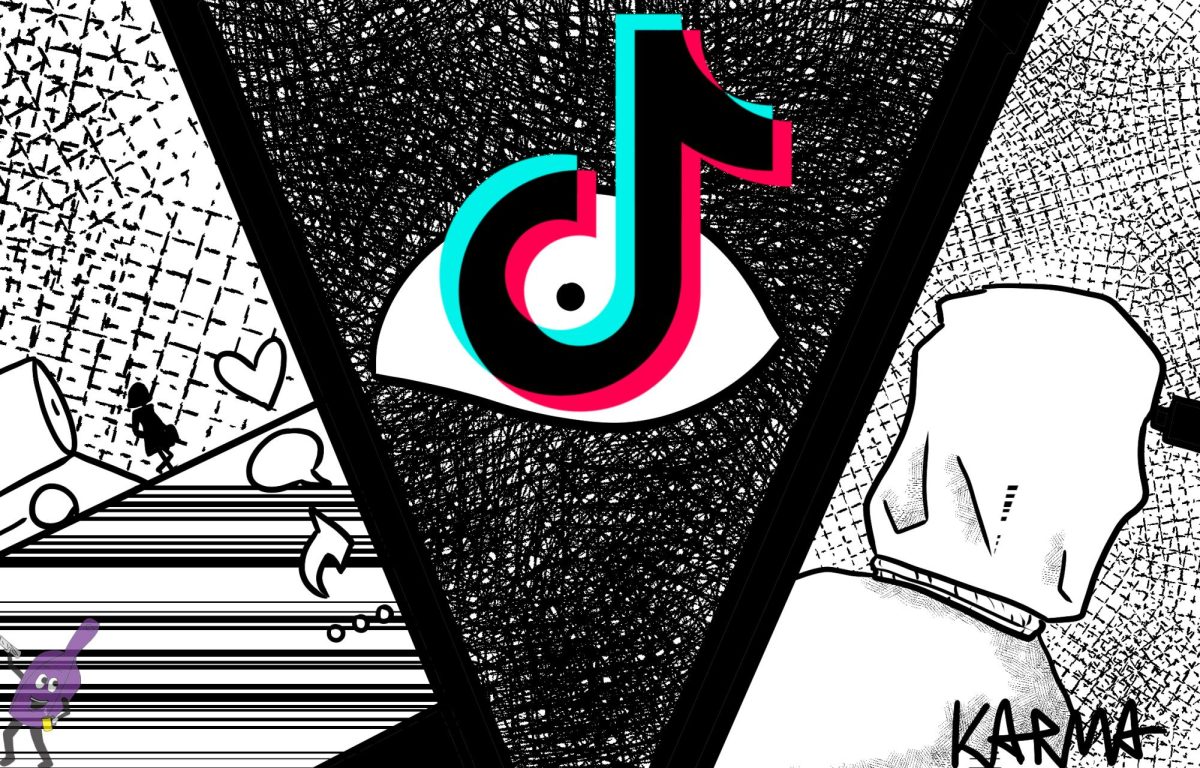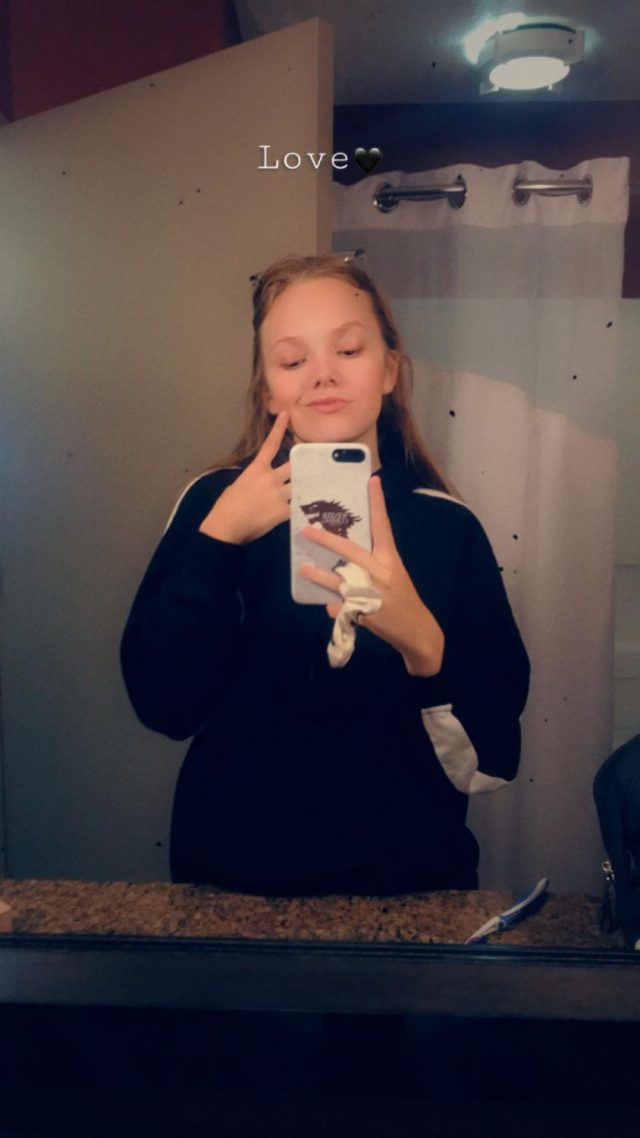In the first two parts of this serial, the Spartan Scoop has covered a lot of the problems that arise when TikTok comes into play. The psychological effect that the screen has on our minds, especially those that are still developing, can be pretty severe; even more so when horror is introduced into the picture. Paranoia has become more commonplace, and theories (both conspiracy and not) are easier to come by on both TikTok and other social media platforms.
Horror as a genre is very hit or miss with people who watch films or go on social media. You either love it, or you hate it. TikTok has been exploring horror in many different ways, and this piece will bring to light many different videos and series that might be worth the watch (if you can handle it). Forewarning for possible disturbing imagery in linked videos ahead.
It’s impossible to cover everything that the social media site has in terms of types of horror, because it’s almost endless. But these are the most common videos one might see on TikTok.
One thing that brings paranoia and theories to light is the Mandela Effect—and it is all over TikTok. Videos about The Bearenstein Bears always being spelled “Bearenstain”, or Pikachu from Pokémon never having a black-tipped tail, or the Looney Tunes logo never being spelled “Looney Toons”… there are hundreds upon hundreds of things that our brains remember different then they actually are. A simple “Mandela effect” search on the social media site will bring you tons of results. Some of them even have evidence, like this video here (filmed by user morticianancy) about an edit in Lilo and Stitch.
This popular video (filmed by user ebrahim_ka) shows us some of the biggest Mandela effects people might know.
Another very popular way of garnering attention on the site through horror is filming paranormal activities. Several series have come out surrounding this, and while none of them can really be factually proven, some people claim these instances to be more real than others.
One very popular video (a part of a series, filmed by user wynnmcpics) very clearly shows a shadowed figure in the doorway leading to a basement, about halfway through (turn your brightness up). This creator has gotten a lot of attention for this video and several others. However, many believe it’s fake, because he does video editing.
There are many videos of all kinds you can find on both TikTok and other social media platforms. There has never been a proven case of paranormal activity, because science can’t explain ghosts. But that doesn’t stop people from believing. If a video shows something as unbelievable as a ghost, and there’s nothing to disprove it, then how are some people not supposed to?
For some, it might be easier to believe when their pets or little children act as if they’ve seen a ghost. This video (filmed by user malzeyann1) shows a young boy who the filmer believes was seeing a ghost of his grandfather.
When the people who film the videos are filming something that is an urban legend or believed to be real, it can make the audience believe a lot easier as well. This video captures what many believe to be the Ghost of Gettysburg (posted by user jaksparanormal).
Another big influence on TikTok horror is the Mandela Catalogue, which the Spartan Scoop covered in an earlier article here. Some videos talk about doppelgängers, which is a key component to the horror series (found on YouTube under Alex Kister). A recent trend of posting videos using the audio “if you see another person that looks identical to you, run away and hide” brought forth a lot of attention.
This video features a skit on twins using the audio, filmed by user caitlynnnevaehh. Another video (filmed by user priscillagrihim) shows a doppelgänger in the rear view mirror of a car, using special effect makeup to create a horrifying image. This video features the Mandela Catalogue series in clips within itself (filmed by user medusaslittleangel).
Another popular horror trope, amplified by TikTok, is the “glitch in the matrix” phenomenon. These videos capture anything considered to be out of the ordinary, including videos like floating birds (posted by user bluefrenchhorn26) and planes floating in mid air (posted by abc7la). These videos try to fuel the idea that we live in a simulation, and these “glitches” prove our fake existence.
Most glitches in the matrix can be disproven by optical illusions and physics, while others can be because of things we can’t see.
All of the things that we see on social media sites like TikTok have become easier to believe, simply because they might look real. CGI effects and video editing have made it easier than ever for audiences to believe something is real when it isn’t. And this can cause a lot of issues for people viewing these videos. The Mandela effect is a memory phenomenon that affects us psychologically. So called “glitches in the matrix” can be hard to understand for people who don’t understand physics or optical illusions. Videos featuring paranormal phenomena can cause a lot of hysteria, panic, and paranoia. It’s proven that at night, our brain can cause us to see things we really can’t, like the faintest movements of our body or things in the distance.
When we look at things that affect our minds, the horror side of a simple app shouldn’t be a major concern. However, it’s important to attribute this to rising hysteria in the online world. Horror in media, both real and not, can create environments that the audience doesn’t feel safe in, even if they’re completely fine.
All in all, it’s important to understand that the things we see online, especially things like horror and videos used to create hysteria, shouldn’t hurt us. TikTok can bring many good things to people who use it, but it can unintentionally bring bad things as well.




